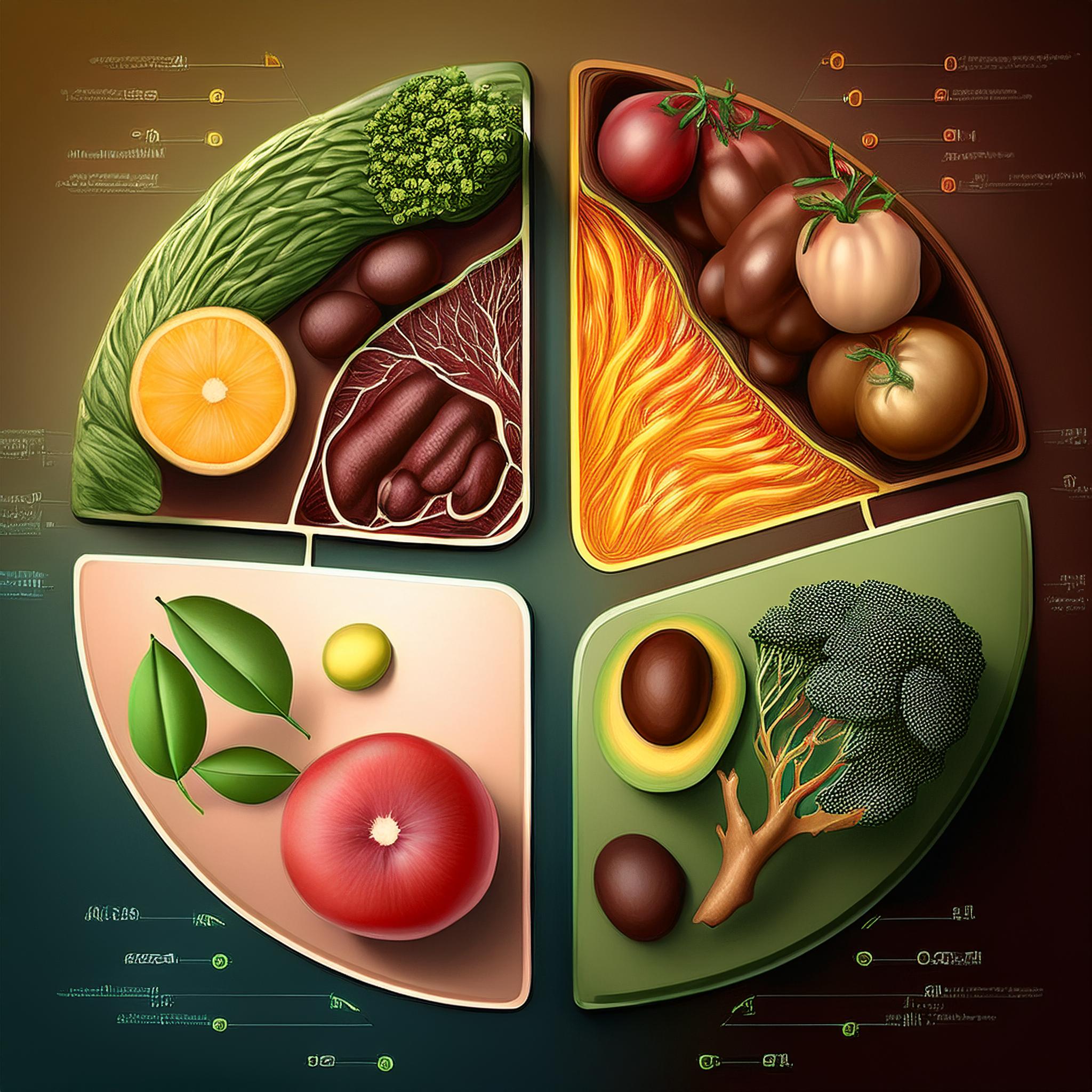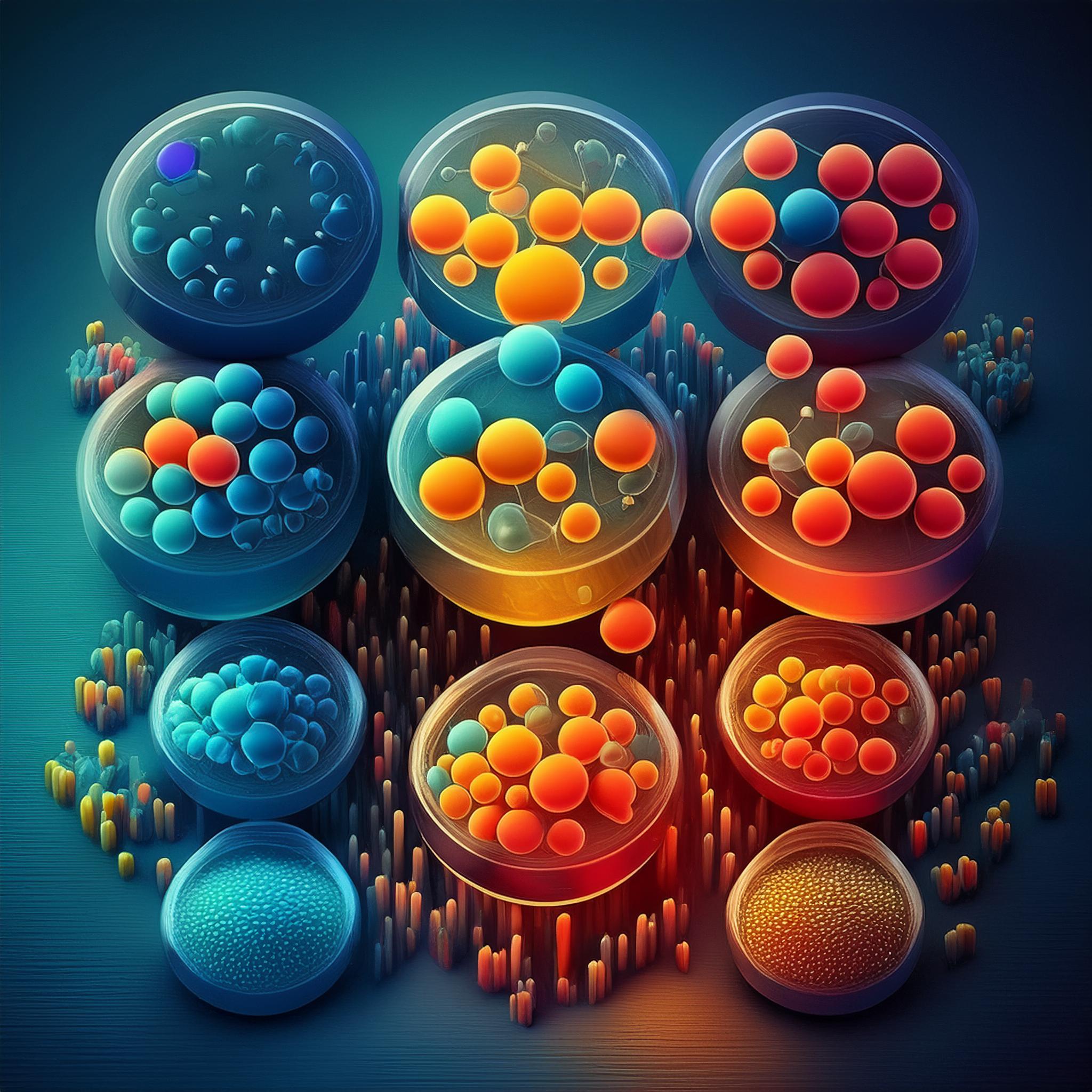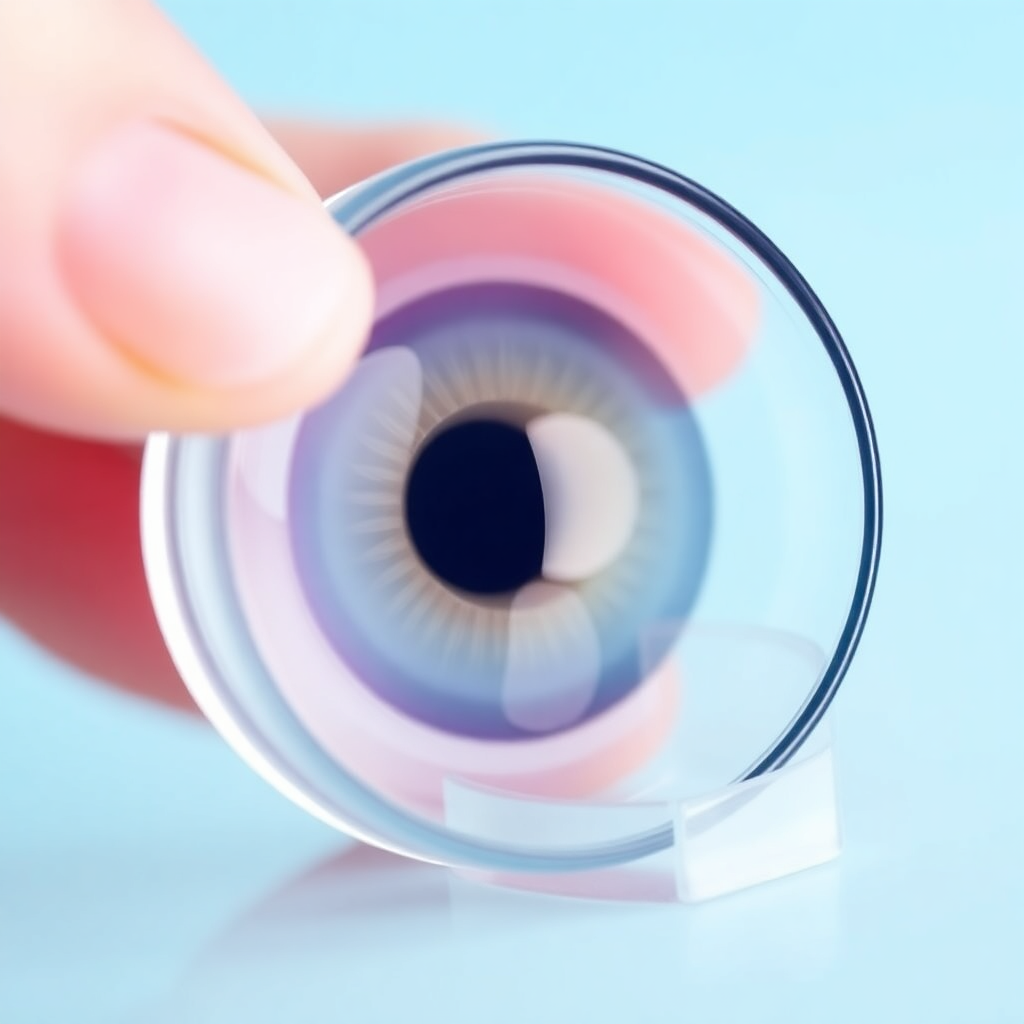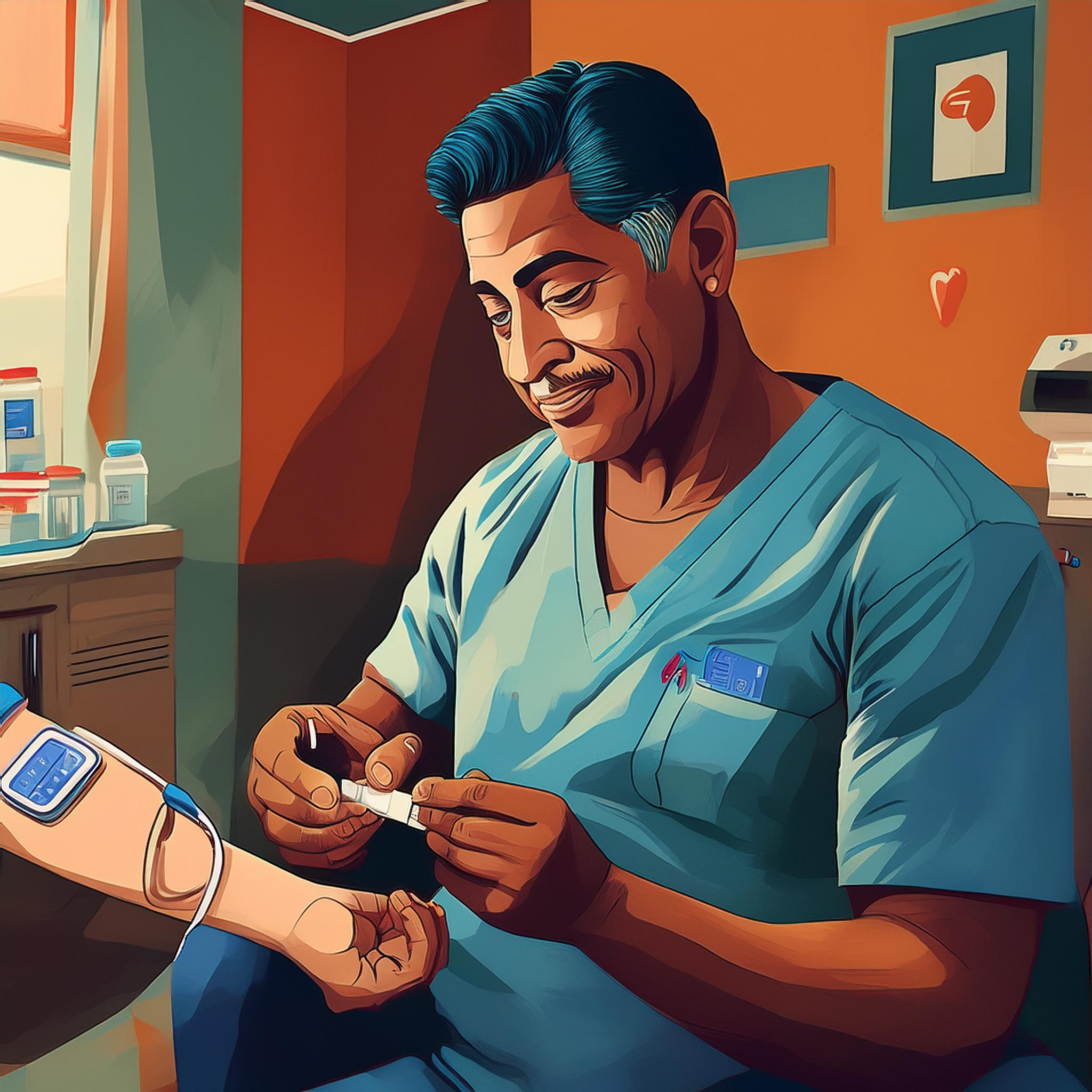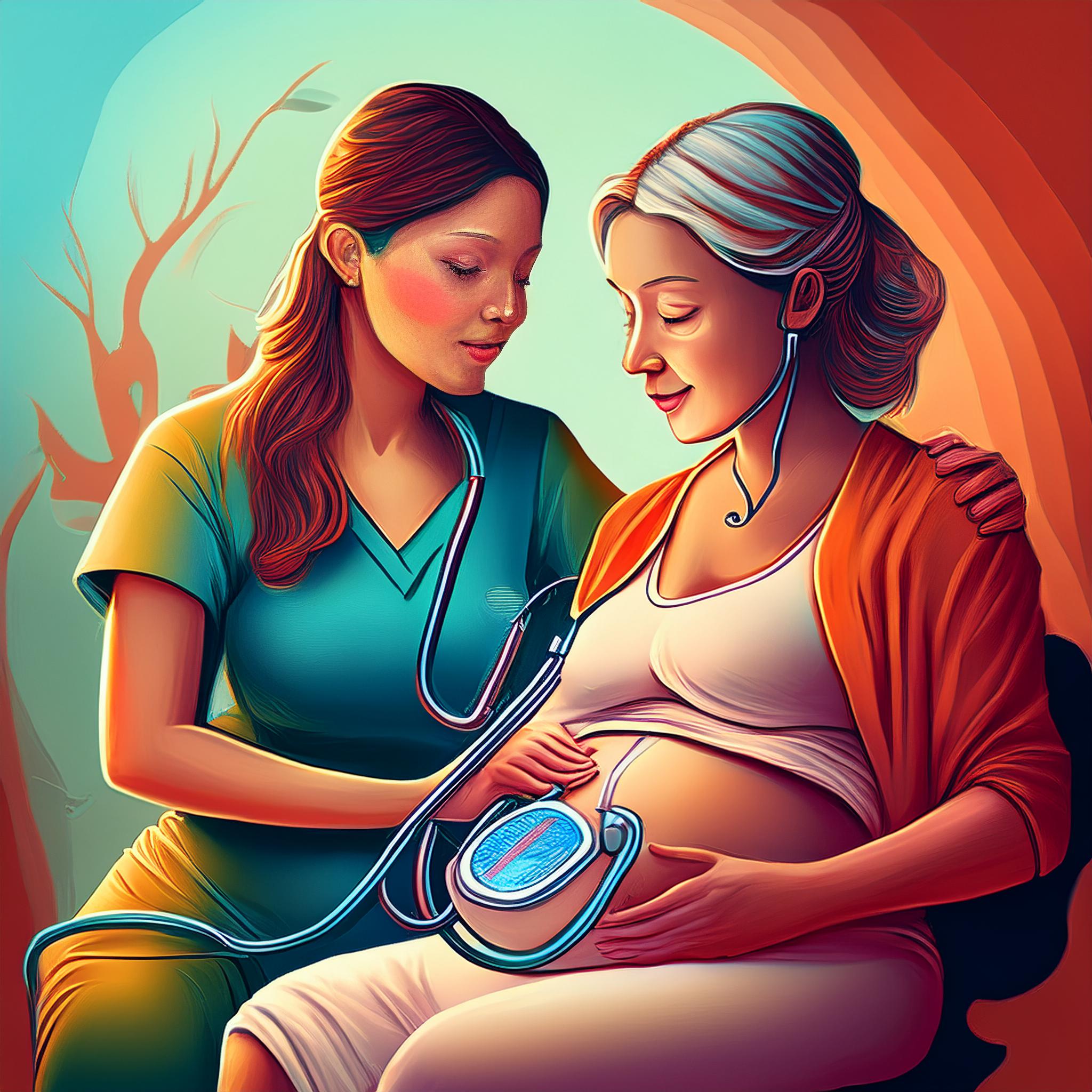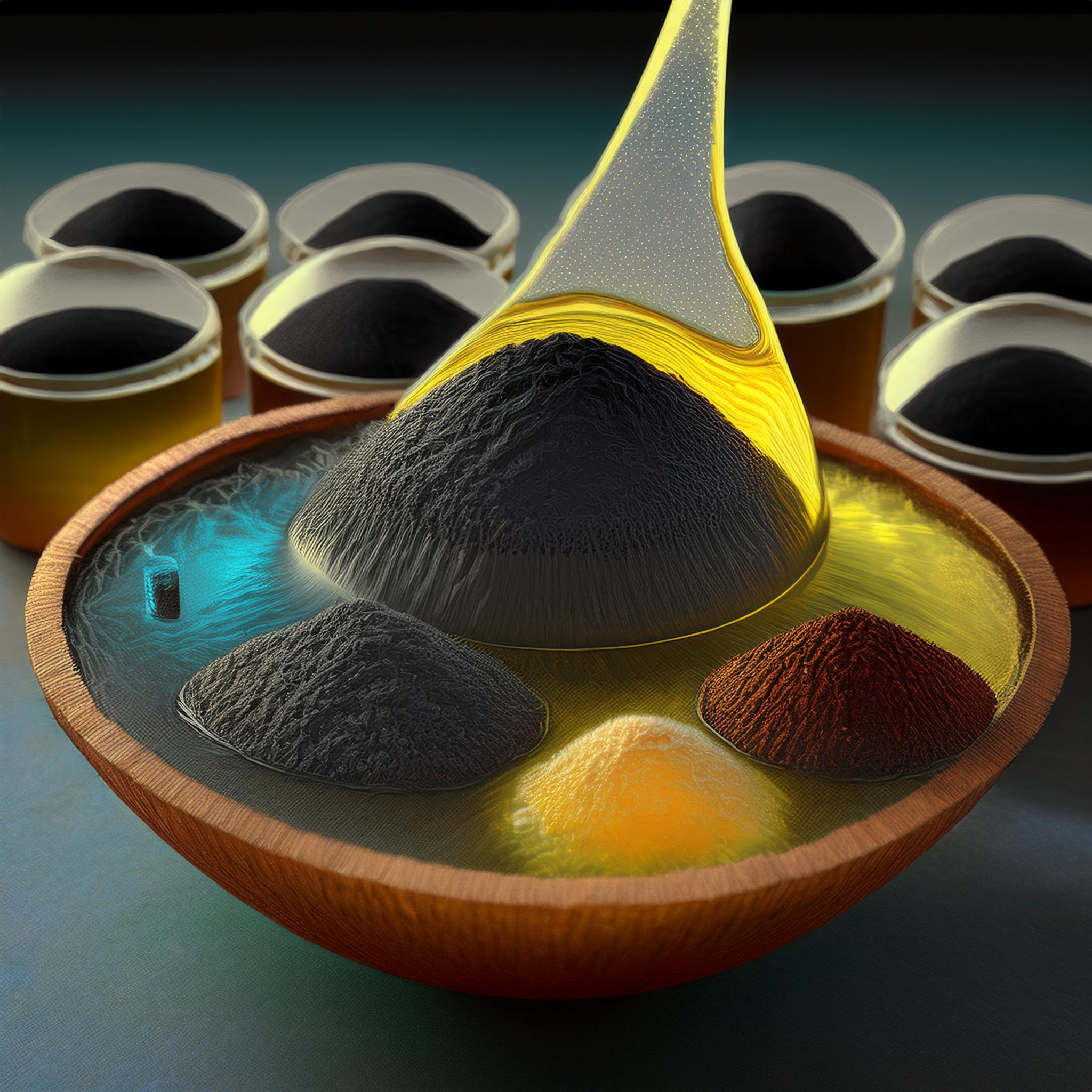Normal Puberty Knowledge and Adolescent Menstrual Cycles
Downloads
The degree of understanding of puberty is still very varied. It has an impact on the cleanliness of erroneous menstruation, which will have long-term effects on reproductive health. The study aims to identify adolescent knowledge about normal puberty and menstrual cycles. This research was a quantitative study of observational approach by using the knowledge survey of normal puberty and the menstrual cycle involving 55 students of State Junior High School (SMPN) 1 Parakan, Temanggung, Central Java. The technicality used descriptive statistics. The results of this study revealed that knowledge of the degree of normal paper and the menstrual cycle was still low (21.33%). The main sources of information about puberty and menstruation are thousands (85.5%). Teenagers do not know about the interval between the onset of puberty and menarche (87%), few adolescents understand the first sign of puberty (33%). Most teenagers have understood the normal menstrual cycle correctly (78%). There was no significant relationship between knowledge of the first sign of puberty with respondents' understanding of belief. Meanwhile, there was a significant relationship between menstrual status and knowledge about the menstrual cycle and the number of replacement pads. The results showed that students have a poor understanding of puberty, hence, health education must be given to students and their parents.
Ali, T. S., & Rizvi, S. N. (2010). Menstrual knowledge and practices of female adolescents in urban Karachi, Pakistan. Journal of adolescence, 33(4), 531-541.
Alosaimi, J. A. (2014). Saudi intermediate school girls' knowledge, attitudes and practices of puberty in Taif, Saudi Arabia. Int J Med Sci Public Health, 3(2), 196-202.
Amendezo, E. (2015). Grow Up Smart Endline Study Report. Rwanda: Institute for Reproductive Health Georgetown University.
Chandra-Mouli, V., & Patel, S. V. (2017). Mapping the knowledge and understanding of menarche, menstrual hygiene and menstrual health among adolescent girls in low-and middle-income countries. Reproductive health, 14(30),1-16.
Crichton, J., Ibisomi, L., & Gyimah, S. O. (2012). Mother–daughter communication about sexual maturation, abstinence and unintended pregnancy: Experiences from an informal settlement in Nairobi, Kenya. Journal of Adolescence, 35(1), 21-30.
Gaferi, S. M., Al-Harbiú, M. F., Yakout, S. M., & Soliman, A. T. (2018). Knowledge, attitude and practice related to reproductive health among female adolescents. Journal of Nursing Education and Practice, 8(8), 53-65.
Greenspan, L., & Deardorff, J. (2014). The new puberty: How to navigate early development in today's girls. Rodale Books.
Gultie, T., Hailu, D., & Workineh, Y. (2014). Age of menarche and knowledge about menstrual hygiene management among adolescent school girls in Amhara province, Ethiopia: implication to health care workers & school teachers. PLoS One, 9(9), 1-8.
Haque, S. E., Rahman, M., Itsuko, K., Mutahara, M., & Sakisaka, K. (2014). The effect of a school-based educational intervention on menstrual health: an intervention study among adolescent girls in Bangladesh. BMJ open, 4(7), 1-9.
Hillard, P. J. A. (2014). Menstruation in adolescents: what do we know? And what do we do with the information?. Journal of pediatric and adolescent gynecology, 27(6), 309-319.
House, S., Mahon, T., & Cavill, S. (2013). Menstrual hygiene matters: a resource for improving menstrual hygiene around the world. Reproductive Health Matters, 21(41), 257-259.
Isguve, P., Yoruk, G., & Cizmechiogl, F. M. (2015). Educational Needs of Adolescent Regarding Normal Puberty and Menstrual Patterns. Journal of Clinical Research in Pediatric Endocrinology, 7(4), 312–322.
Thelus Jean, R., Bondy, M. L., Wilkinson, A. V., & Forman, M. R. (2009). Pubertal development in Mexican American girls: The family’s perspective. Qualitative health research, 19(9), 1210-1222.
Klossner, N. J. & Hatfield, N. (2010). Introductory maternity & pediatric nursing. Wolters Kluwer/Lippincott Williams & Wilkins Health.
Koerselman, K., & Pekkarinen, T. (2017). The Timing of Puberty and Gender Differences in Educational Achievement. Finland: Goverment Institute for Economic Research.
Kumar, A., & Srivastava, K. (2011). Cultural and social practices regarding menstruation among adolescent girls. Social work in public health, 26(6), 594- 604.
Manu, A. A., Mba, C. J., Asare, G. Q., Odoi-Agyarko, K., & Asante, R. K. O. (2015). Parent–child communication about sexual and reproductive health: evidence from the Brong Ahafo region, Ghana. Reproductive Health, 12(1), 1-13.
Marvan, M. L., Vacio, A., Yanez, G. G., & Hernandes, G. E. (2007). Attitudes Toward Menarche Among Mexican Preadolescents. Women & Health, 46(1), 7-23.
Miller, K. S., Fasula, A. M., Dittus, P., Wiegand, R. E., Wyckoff, S. C., & McNair, L. (2009). Barriers and facilitators to maternal communication with preadolescents about age-relevant sexual topics. AIDS and Behavior, 13(2), 365-374.
Rabiepour, S., Barjasteh, S., & Valizadeh, R. (2017). Study of menstrual attitudes and knowledge among postmenarcheal students, in Urmia, North West of Iran. Int J Pediatr, 5(5), 4991-5001.
Ramathuba, D. U. (2015). Menstrual knowledge and practices of female adolescents in Vhembe district, Limpopo Province, South Africa. curationis, 38(1), 1-6.
Ramsden, V., Dickinson, S., Smith, C., & Pettit, K. (2013). Menstrual Health Education Resource. Irise Internasional.
Ratnawati, E. (2018). Kebutuhan Remaja Mempersiapkan Menstrual Hygiene Management (Perawatan Kebersihan Mensturasi) di Daerah Pedesaan. Jurnal Kesehatan Akademi Keperawatan Ngesti Waluyo, 7(1), 56-69.
Reeder, M. & K.-G. (2015). Keperawatan Maternitas Kesehatan Wanita, Bayi & Keluarga volume 2. (A. Eka, Ed.) (edisi 18). Jakarta: EGC.
Sathe, P. P., Kotnis, S. D., & Mangulikar, S. K. (2017). Assessment of knowledge of reproductive health of adolescent school girls from 13-16 years with special reference to HIV-AIDS. International Journal of Community Medicine and Public Health, 3(1), 340-346.
Singh, S. P., Singh, M., Arora, M., & Sen, P. (2006). Knowledge assessment regarding puberty and menstruation among school adolescent girls of district Varanasi UP. Indian Journal of preventive and social medicine, 37(1-2), 9-14.
Sommer, M. (2010). Where the education system and women's bodies collide: The social and health impact of girls' experiences of menstruation and schooling in Tanzania. Journal of adolescence, 33(4), 521-529.
Sommer, M., Ackatia-Armah, N., Connolly, S., & Smiles, D. (2015). A comparison of the menstruation and education experiences of girls in Tanzania, Ghana, Cambodia and Ethiopia. Compare: A Journal of Comparative and International Education, 45(4), 589-609.
Sommer, M., & Sahin, M. (2013). Overcoming the taboo: advancing the global agenda for menstrual hygiene management for schoolgirls. American journal of public health, 103(9), 1556-1559.
Sumpter, C., & Torondel, B. (2013). A Systematic Review of the Health and Social Effects of Menstrual Hygiene Management. PLoS ONE, 8(4), 1-11.
Tegegne, T. K., & Sisay, M. M. (2014). Menstrual hygiene management and school absenteeism among female adolescent students in Northeast Ethiopia. BMC public health, 14(1), 1-14.
UNESCO. (2014). Good Policy and Practice in Health Education Puberty Education & Menstrual Hygiene Management. Paris: United Nations Educational, Scientific and Cultural Organization.
Upashe, S. P., Tekelab, T., & Mekonnen, J. (2015). Assessment of knowledge and practice of menstrual hygiene among high school girls in Western Ethiopia. BMC women's health, 15(1), 1-8.
Zalni, R. I., Harahap, H., & Desfita, S. (2017). Usia Menarche Pada Anak Perempuan Berhubungan Dengan Status Gizi, Konsumsi Makanan Dan Aktivitas Fisik. Jurnal Kesehatan Reproduksi, 8(2), 153-161.
Copyright (c) 2019 Jurnal Info Kesehatan

This work is licensed under a Creative Commons Attribution-NonCommercial-ShareAlike 4.0 International License.
Copyright notice
Ownership of copyright
The copyright in this website and the material on this website (including without limitation the text, computer code, artwork, photographs, images, music, audio material, video material and audio-visual material on this website) is owned by JURNAL INFO KESEHATAN and its licensors.
Copyright license
JURNAL INFO KESEHATAN grants to you a worldwide non-exclusive royalty-free revocable license to:
- view this website and the material on this website on a computer or mobile device via a web browser;
- copy and store this website and the material on this website in your web browser cache memory; and
- print pages from this website for your use.
- All articles published by JURNAL INFO KESEHATAN are licensed under the Creative Commons Attribution 4.0 International License. This permits anyone to copy, redistribute, remix, transmit and adapt the work provided the original work and source is appropriately cited.
JURNAL INFO KESEHATAN does not grant you any other rights in relation to this website or the material on this website. In other words, all other rights are reserved.
For the avoidance of doubt, you must not adapt, edit, change, transform, publish, republish, distribute, redistribute, broadcast, rebroadcast or show or play in public this website or the material on this website (in any form or media) without appropriately and conspicuously citing the original work and source or JURNAL INFO KESEHATAN prior written permission.
Permissions
You may request permission to use the copyright materials on this website by writing to jurnalinfokesehatan@gmail.com.
Enforcement of copyright
JURNAL INFO KESEHATAN takes the protection of its copyright very seriously.
If JURNAL INFO KESEHATAN discovers that you have used its copyright materials in contravention of the license above, JURNAL INFO KESEHATAN may bring legal proceedings against you seeking monetary damages and an injunction to stop you using those materials. You could also be ordered to pay legal costs.
If you become aware of any use of JURNAL INFO KESEHATAN copyright materials that contravenes or may contravene the license above, please report this by email to jurnalinfokesehatan@gmail.com
Infringing material
If you become aware of any material on the website that you believe infringes your or any other person's copyright, please report this by email to jurnalinfokesehatan@gmail.com.


